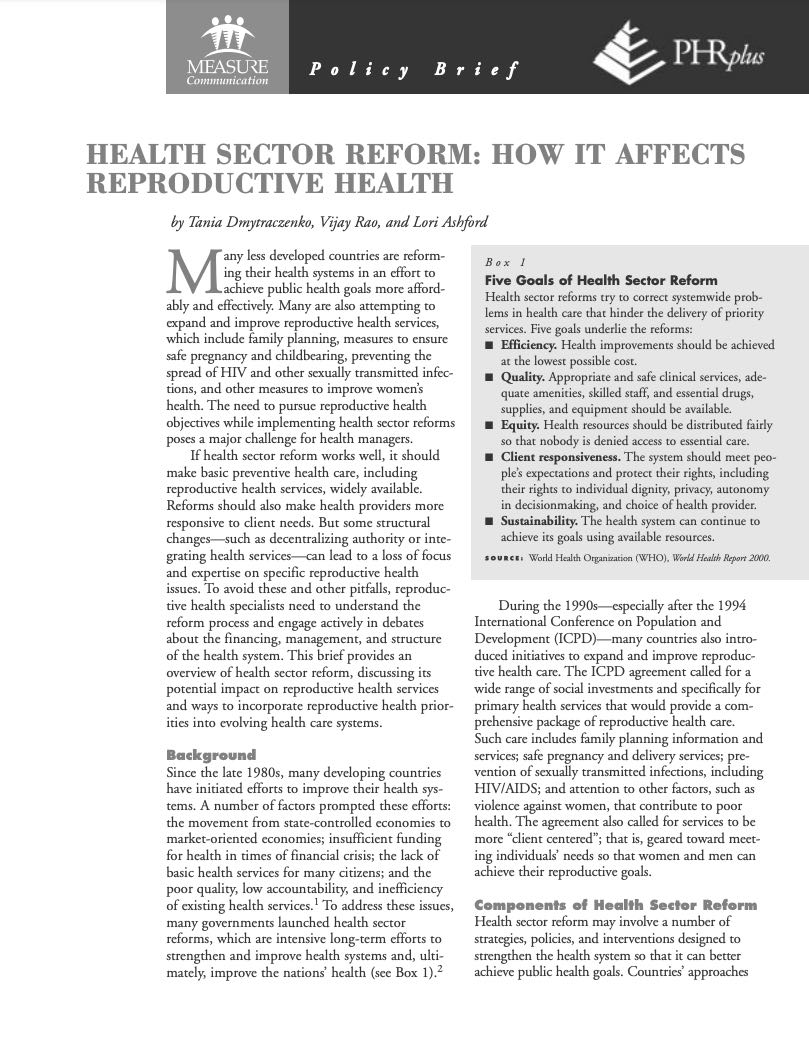Japan’s Demographic Future
(2010) The phrase "1.57 Shock" was widely used in Japan 20 years ago in reaction to the lowest fertility rate in the country's history.
(2010) The phrase "1.57 Shock" was widely used in Japan 20 years ago in reaction to the lowest fertility rate in the country's history.
(2008) A new study in Proceedings of the National Academy of Sciences reports on a sex ratio that favors boys among U.S.-born children in Indian, Korean, and Chinese families.

A new study finds that the longer young adults spend unsheltered, the more likely they are to report poor health outcomes

(2004) Wobete Falaga, who is from a village in the northern Gojam province in Ethiopia's Amhara region, was only 13 when she became pregnant. Married at 11, just before her first menstrual period, her small underdeveloped body was not ready for the stress of childbirth.
(2002) Cohabitation is profoundly reshaping family life in the United States. The share of children born to parents who lived together but were not married nearly doubled between 1984 and 1994, growing from 6 percent to 11 percent.